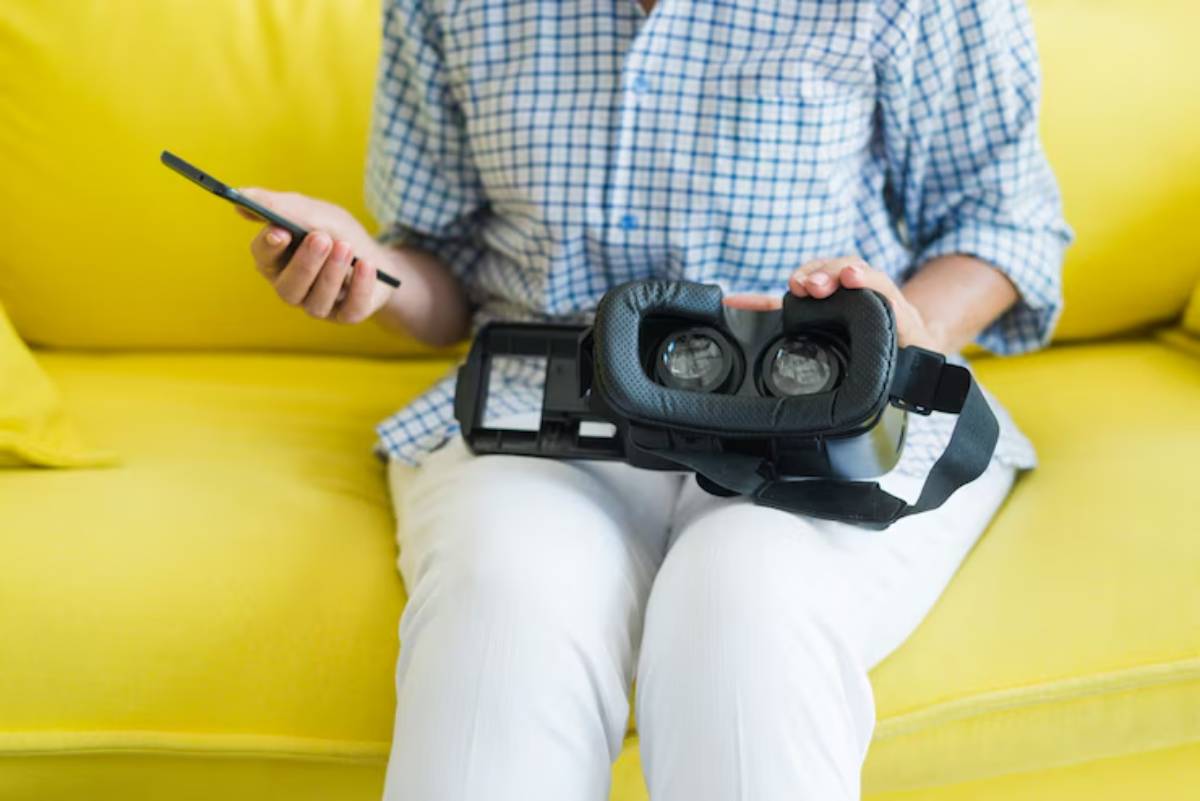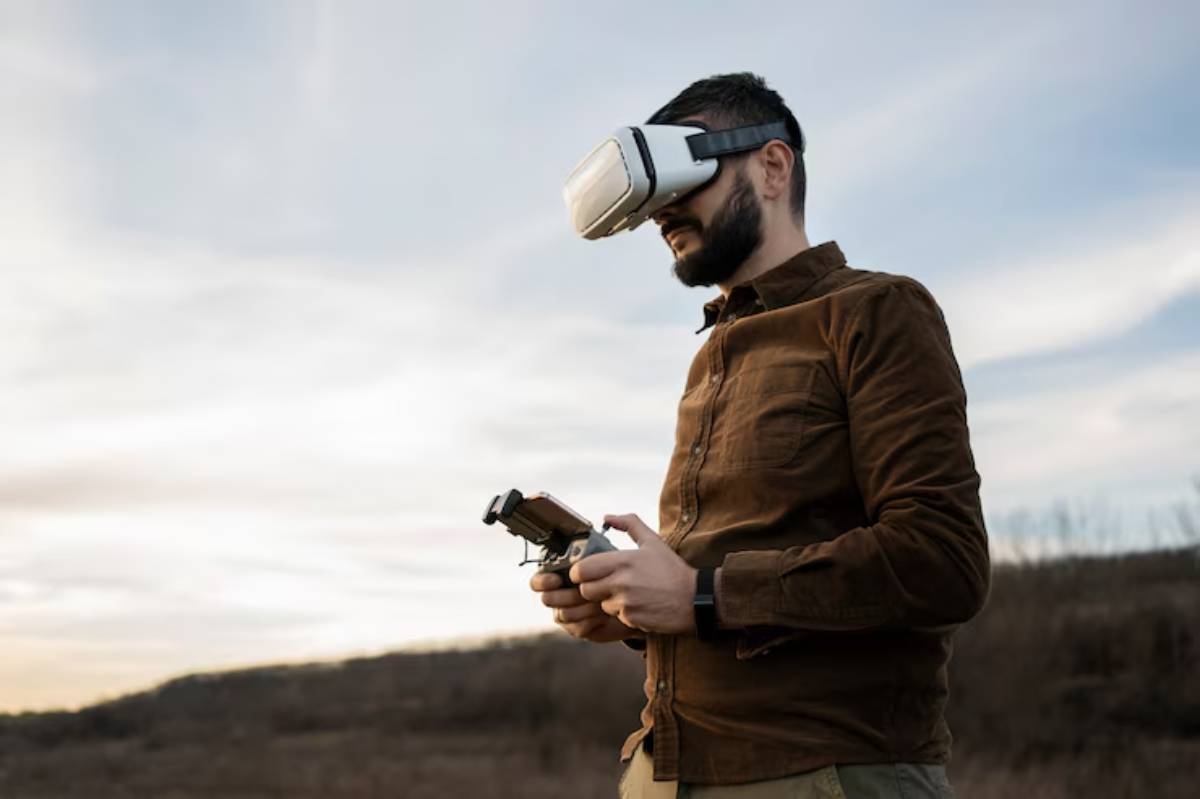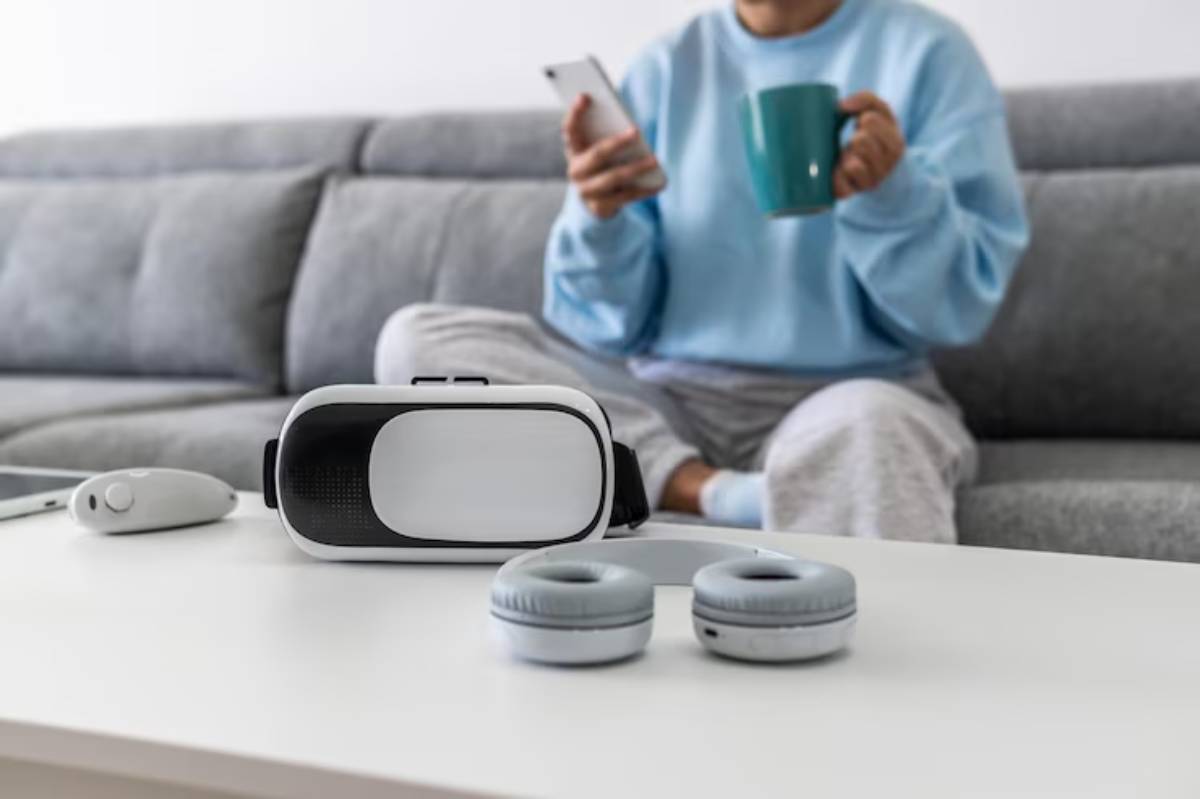
How to Extend Battery Life on Wireless VR Headsets
Wireless VR headsets have transformed how we experience virtual reality, freeing us from cables and giving us the freedom to move. But there’s one catch: battery life. Whether you’re in the middle of a workout, a gaming session, or a VR meeting, nothing breaks immersion faster than a headset powering down.
With thoughtful tweaks, accessories, and habits, you can significantly increase VR battery life. This guide covers the best ways to optimise your power usage, reduce unnecessary drain, and keep your headset ready for longer sessions, without compromising performance.
Understanding: Why Battery Life Matters in Wireless VR

Wireless VR headsets like the Meta Quest series, Pico 4, and Vive Focus offer tremendous flexibility—but are powered by internal batteries that usually last 2–3 hours per charge. That’s often not enough for extended play, fitness sessions, or work use.
Battery degradation also becomes a concern over time, as lithium-ion cells wear down. And while some users accept short play windows as normal, others rely on performance tweaks and third-party accessories to make their headsets last longer without overheating or lagging.
Understanding what affects battery life—display brightness, refresh rates, Wi-Fi usage, and background apps—can help you fine-tune settings and make smart choices that extend longevity.
Checklist at a Glance

- Lower the screen brightness to a comfortable level
- Reduce refresh rate if not required for gameplay
- Enable power-saving or auto-sleep modes
- Use battery pack attachments or external power banks
- Turn off background apps and permissions
- Keep firmware updated for battery efficiency
- Disconnect unused Bluetooth or Wi-Fi connections
- Fully shut down the headset between long gaps
- Avoid overcharging or letting the battery drain completely
- Store the headset at moderate temperatures
Step-by-Step Guide: How to Practise Battery Optimisation

1. Adjust display brightness
Most headsets allow manual control of screen brightness. Lowering brightness by even 20–30% can reduce power draw significantly while still maintaining visibility.
2. Set the right refresh rate
Some games default to 90Hz or higher, which drains more battery. If your experience doesn’t rely on high frame rates, switch to a lower option (like 72Hz) to extend usage time.
3. Enable auto-sleep or standby
Always enable auto-sleep timers. Many users leave their headset idle on the home screen without realising it’s still burning through battery.
4. Use a battery pack or power strap
Products like the Elite Strap with Battery (Meta Quest) or third-party mounts offer seamless charging during play. Choose packs designed for balance and comfort.
If you’re not sure which accessories are worth investing in, see our detailed review on battery packs for extended VR sessions.
5. Close background apps and overlays
Apps that stay active in the background—like screen recording tools or social overlays—consume significant power. Close them via the system settings before launching a game.
6. Disable unused wireless features
Turn off Bluetooth or Wi-Fi if they’re not essential for your activity. Bluetooth controllers or trackers can draw power even when idle.
7. Keep your firmware updated
Headset manufacturers often release firmware updates that optimise power usage. Check for updates regularly under system settings.
8. Fully power down when not in use
Putting your headset in standby or rest mode still uses power. If you won’t use it for several hours, shut it down completely.
This is especially important if your device is stored in a bag or case—where warmth can increase passive drain.
9. Charge smartly
Don’t leave your headset on the charger overnight, and avoid draining it to 0%. Try to maintain a charge range between 20% and 80% for long-term battery health.
If you’re already managing cable placement for tethered use, our wired vs wireless VR setup comparison explains how to mix battery charging with tethered play effectively.
Pro Tips & Important Notes
Pro Tip: Use a magnetic charging dock to simplify nightly charging and avoid over-plugging stress on the port.
Pro Tip: If using a power bank, check for one with passthrough charging so your headset battery gets topped up too.
Important Note: Avoid using fast-charging bricks unless approved by your headset’s manufacturer—some devices throttle or overheat.
Important Note: Playing while charging can increase heat. Only do this with proper ventilation and heat-dispersing straps or holders.
Best Practices & Additional Insights
- Label your charging accessories: Use tags or stickers so you don’t confuse cables or bricks—some may charge slower than others.
- Create a pre-session checklist: Reduce drain by making brightness, Wi-Fi, and background app adjustments part of your startup ritual.
- Balance immersion and economy: You might love max graphics, but tweaking resolution and refresh rate can extend playtime significantly.
- Track your habits: Log battery performance in a simple notebook or app. You’ll identify which games or tools cause the biggest drain.
Take Ana, a VR fitness enthusiast who struggled to complete full workouts due to low battery alerts. After switching to a dual battery strap and disabling all background overlays, she completed her routines uninterrupted and noticed her headset felt cooler, too.
FAQs
1. How long should a VR headset battery last on a single charge?
Most wireless headsets offer 2–3 hours of active use per charge. This can extend to 4–6 hours with external battery packs or power-saving settings.
2. Can I charge my VR headset while using it?
Yes, but make sure to use a long, flexible cable and ensure proper ventilation. Avoid intense games during charging to prevent heat issues.
3. Is it bad to leave the headset charging overnight?
It’s best to avoid overcharging. Use auto shut-off plugs or charging docks with protection features.
4. Why does my headset battery drain in standby mode?
Many headsets continue running background services in standby. Always shut down fully when not in use for extended periods.
Conclusion
Maximising your headset’s battery life doesn’t require expensive upgrades—just smarter habits. With a few simple adjustments, you can get longer, more reliable performance from your VR setup and avoid frustrating interruptions mid-session.
Take care of your headset, and it’ll take care of your immersion. Now you’re ready to power up with confidence—and keep going longer.
Found this helpful? Share it with other VR users or bookmark it for your next charge cycle.


